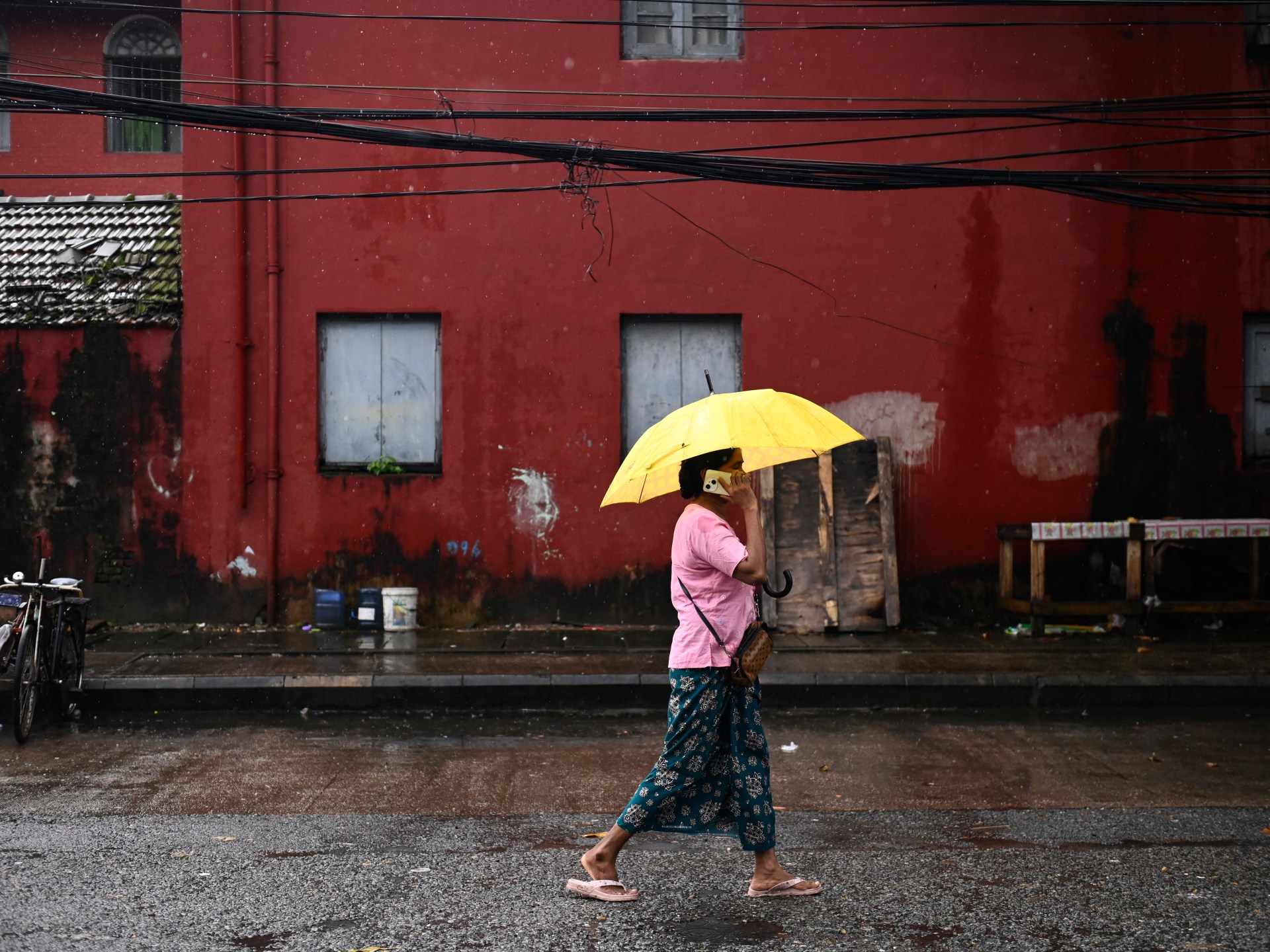A significant Australian think tank predicts that due to recent cuts by Western governments, development financing for Southeast Asia will decline by more than $ 2 billion in 2026.
In a recent report released on Sunday, the Sydney-based Lowy Institute predicted that Southeast Asia’s development assistance would drop from $29 billion to $26 billion.
The figures are billions of dollars below the $33 billion average before the pandemic.
According to the report, bilateral funding is projected to decline by 20%, dropping from about $11 billion in 2023 to about $9 billion in 2026.
According to the report, “social sector priorities like health, education, and civil society support that rely on bilateral aid funding are likely to lose out the most,” and this will hit poorer nations in the regions hardest.
Alternatives to lessening
As NATO members plan to increase defense spending to 5% of GDP in the wake of Russia’s ongoing conflict with Ukraine, funding cuts have been made by Europe and the UK.
Between 2025 and 2029, the European Union and seven of the EU’s governments will reduce foreign aid by $ 17.2 billion, while the UK announced this year that it would reduce spending by $ 7.6 billion annually, according to the report.
The United States, which announced earlier this year that it had cut back on nearly $ 60 billion in foreign aid, has caused the biggest uproar. The US Senate recently made additional $ 8 billion in spending adjustments.
According to The Lowy Institute, countries that are closer to home, like China, will continue to play a significant part in the development landscape.
According to the report, “the center of gravity in Southeast Asia’s development finance landscape appears to be moving East, particularly toward Beijing but also toward Tokyo and Seoul.” Southeast Asian nations “risiko finding themselves with fewer options to support their development” combined with potential weakening trade ties with the US.
Chinese overseas development assistance has started to recover after the COVID-19 pandemic, reaching $4.9 billion in 2023, according to the report.
However, according to the report, it prioritizes spending on infrastructure projects like ports and railroads over social sector issues. Southeast Asia’s middle- and high-income countries benefit from non-concessional loans offered at commercial rates, but its poorest countries, such as Cambodia, Myanmar, Laos, and East Timor, are less benefitted by Beijing’s preference.
Less clear is how Japan and South Korea can fill in the blanks, according to experts, as China and other countries like the World Bank and the Asian Development Bank gain more traction in Southeast Asia.
South Korea and Japan
According to Grace Stanhope, a researcher at the Lowy Institute and author of the report, both nations have expanded their development assistance to include projects involving civil society.
We’ve been seeing Japan especially enter the governance and civil society sectors, with projects in 2023 that are explicitly focused on democracy and the protection of vulnerable migrants, she said. “[While] Japanese and Korean development support is frequently less overtly “value-based” than traditional Western aid.
The approach of the Japanese and Korean development programmes is moving beyond just the realm of infrastructure, as is the case of South Korea, which recently supported projects to improve the transparency of Vietnamese courts and protect women from gender-based violence.
Tokyo and Seoul are, however, under the Trump administration’s pressure to increase their defense budgets and reduce their development aid, as Europe is.
Shiga Hiroaki, a professor at Yokohama National University’s Graduate School of International Social Sciences, said he was more “pessimistic” about how Japan might help to fill the void left by the West.
He claimed that as Tokyo increases defense spending to a historic high and a “Japanese-first” right-wing party presses the government to rein in funds from abroad, cuts could even be made.
It is highly likely that the aid budget will be sacrificed to finance defense spending, he said, “in light of Japan’s enormous fiscal deficit and public opposition to tax increases.”
Source: Aljazeera

Leave a Reply